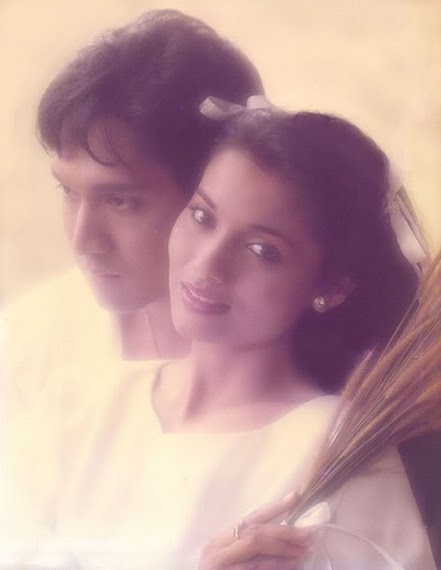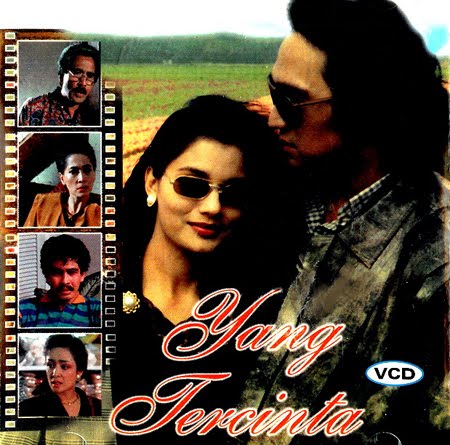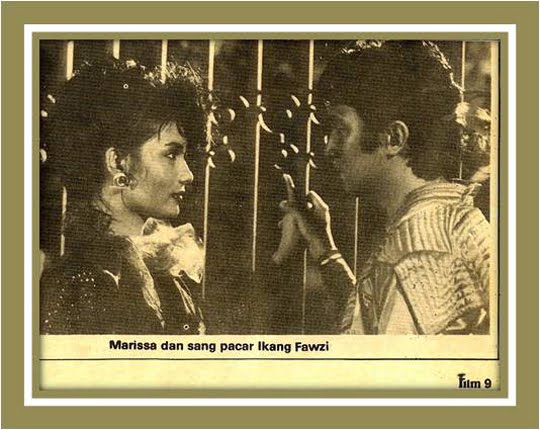(JP/Slamet Susanto)
Professors
of economics with marketing expertise can be found at various
universities, but economists engaged in the art of batik painting are
rare. Among the few is Basu Swastha Dharmmestha.
Combining marketing and art is what the man with an MBA who is a
marketing lecturer at Gadjah Mada University (UGM) in Yogyakarta has
been doing.
Having learned to draw during childhood, in his high school years
Basu also practiced batik painting while apprenticed with Javanese
dance maestro and batik artist Bagong Kussudiardjo in his workshop in
Yogyakarta.
Basu continued to paint with his first work, Burung Hantu (Owl),
produced in 1968, followed by Keburukan vs Kebaikan (Evil vs Virtue,
1973), Ikan (Fish, 1980) and Dua Prajurit Pandawa (Two Pandava
Soldiers, 1985).
From 1985 to 2010, Basu went on hiatus from painting to focus on teaching.
“In 2010, I visited an exhibition at the Jogja Expo Center (JEC). I
was given a canvas to paint. Since then I’ve started batik painting
again,” he said. Now with his hundreds of batik works, Basu hopes that
through pictures, batik — already recognized by UNESCO as a world
heritage item — will become even more popular around the world.
The demise of batik figures in Yogyakarta such as Bambang Utoro,
Bagong Kussudiardjo and Amri Yahya has further motivated him. “I want
to keep learning and painting to succeed the batik specialists,
especially after the passing of Amri Yahya,” said Basu.
Basu avoids being trapped in certain batik design schools. His
paintings constitute a blend of contemporary, naturalistic and abstract
elements, all in a decorative style.
Through batik images, Basu also wishes to convey a message of peace.
His fish motifs, for instance, depict the dynamic sea animals’ ability
to adapt rapidly.
“Conflict is unnecessary. Adapting ourselves to current conditions
and the world is something beautiful. It’s the philosophy of my fish
patterns,” said the father of four.
Apart from fish, Basu also has adopted many wayang (shadow puppet)
characters, particularly the Pandava brothers of the Hindu epic
Mahabharata. With their lofty values, wayang figures are also seen as
compatible with the science of marketing.
“We should identify our consumers. Europeans are fond of ethnic
objects and wayang designs are ethnic in nature,” he said. Without a
doubt, his wayang canvases are being collected by his overseas friends
and foreign tourists.
“Such works will further globalize batik while communicating the
noble values of wayang and the high integrity of the Pandavas as models
of excellent conduct,” he said.
Basu shares his artistic talent with his family, related by blood to
the late distinguished choreographer and batik painter Bagong
Kussudiardjo.
To mark his return to the art world, Basu held a solo exhibition at
the Koesnadi Hardjasumantri Cultural Center at UGM recently, displaying
54 works from 1968 to 2012 under the theme “The awakening of batik
painting to make the world worth living”.
A book, Batik Lukis Basu SD (Batik Paintings of Basu SD), written by
artists Marissa Haque and Meta Ayu Thereskova, was also launched at
the event.
“I’m very interested in his work and feel grateful for participating
in the efforts of Basu Swastha, an economist who combines marketing
science and art,” Marissa said.
Today, the professor divides his time between teaching and art. “I
have my family’s support. After retirement I’m going to be focusing on
the art of batik painting and make batik even more famous the world
over,” he said.
“Basu Swastha Dharmmesta: Making Batik and Marketing It (dalam Marissa Haque Ikang Fawzi)”





